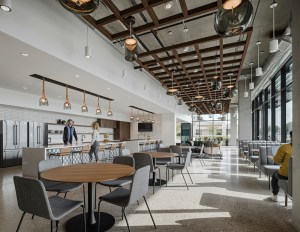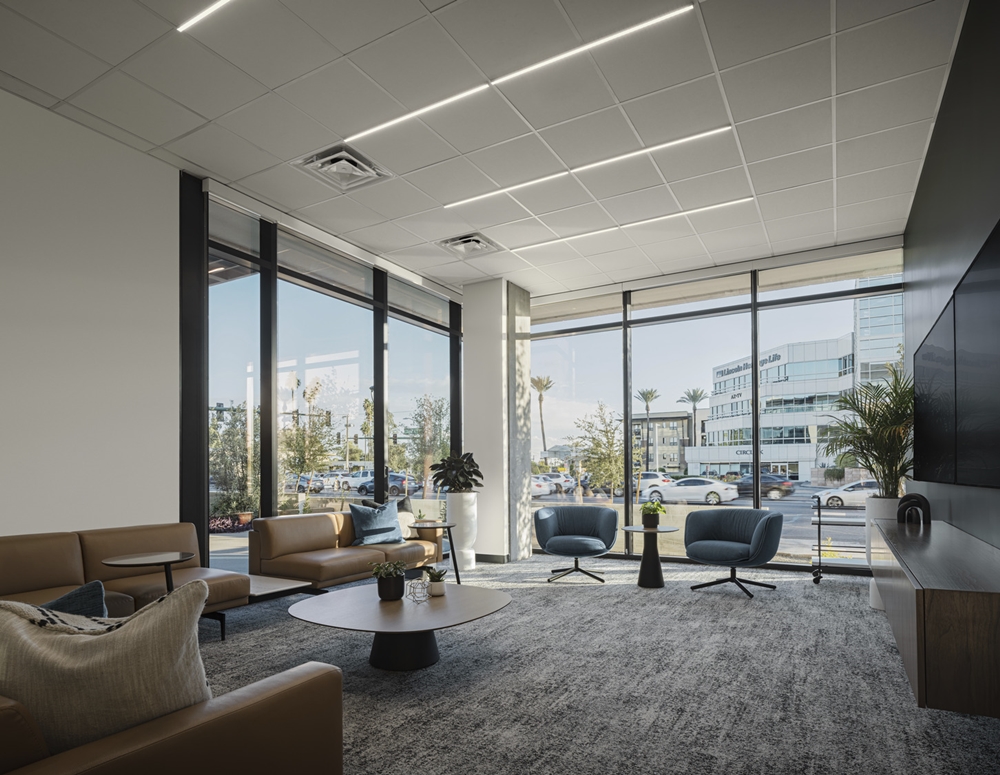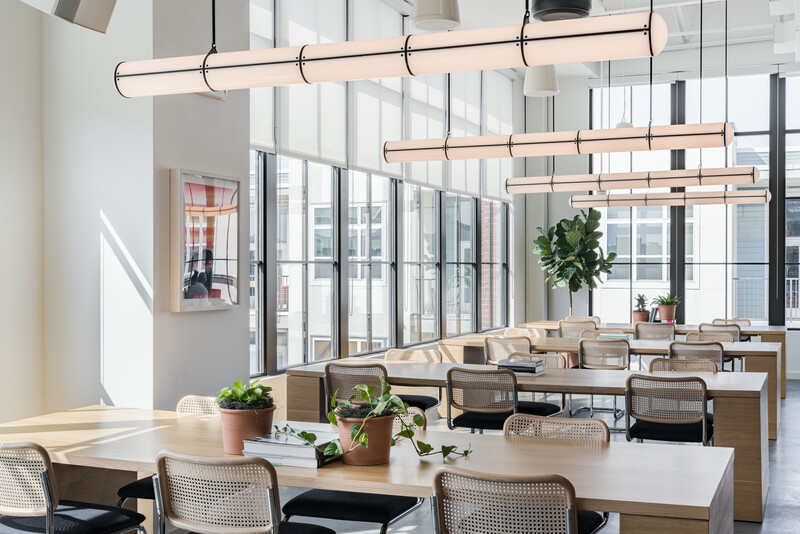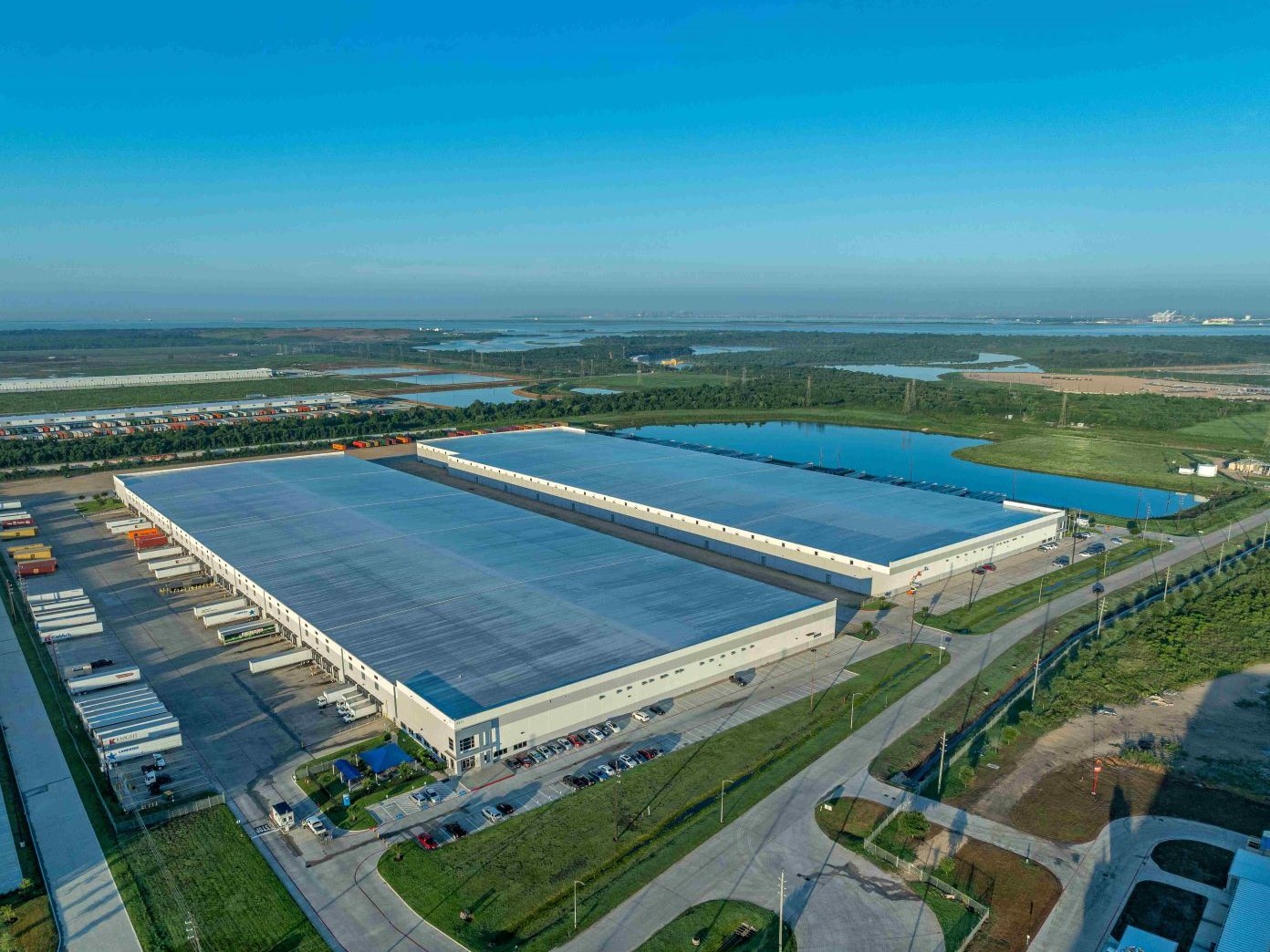Evolving Workspaces: Tips for Modern Organizations
JLL's Peter Miscovich, a workplace design expert, discusses the human element’s role in today’s shifting workspace environment.
In today’s rapidly evolving business landscape, human-centric workspaces have emerged as a compelling and vital approach for organizations. Rather than merely focusing on the physical aspects of an office, a human-centric workplace puts the needs, well-being and productivity of individuals at the core of its design. It embodies a shift toward creating environments that consider the personal experience of employees, clients and guests alike, while tending to their physical, mental and emotional requirements.
“This approach is important for organizations because it recognizes that people are the most valuable asset and investing in their health and well-being leads to higher engagement, satisfaction, performance and productivity,” JLL Global Head of Future of Work Peter Miscovich, told Commercial Property Executive. “By creating workspaces that support and nurture people, organizations can attract and retain top talent, foster innovation and create a positive company culture,” he added.
READ ALSO: Why Well-Being in CRE Projects Is a Must
In the interview below, the workplace design and strategy expert talks about how companies can successfully embrace human-centric workspace designs that help them thrive in a modern business environment. Miscovich has worked with a diverse range of organizations including Accenture, P&G, Harvard University and Google on developing corporate strategies and new workplaces. He has also co-authored The Workplace You Need Now: Shaping Spaces for the Future of Work, a book that explores paths to creating innovative workplace solutions for today’s office users.
What are some key factors organizations should consider when redesigning workspaces to enhance employee engagement, support and overall well-being?

Human-centric workspaces put people first, investing in their health and well-being, believes Peter Miscovich. Image courtesy of JLL
Miscovich: First, the physical layout should promote collaboration, communication and flexibility. This can be achieved through activity-based workplace design including comfortable and technology-enabled meeting/collaboration spaces and areas for informal social interactions.
Second, the workspace should provide a variety of settings to accommodate different work styles and work preferences, such as quiet zones for focused work and relaxation areas for breaks. At JLL we like to call these ‘me spaces’ and ‘we spaces.’
Third, incorporating biophilic design elements like natural light, plants or water features, in addition to ergonomic furniture can positively impact employee well-being and productivity. Additional amenities like high-quality indoor air quality, wellness rooms, fitness facilities and healthy food options can contribute to a healthier and happier workforce.
In what ways can commercial real estate adjust to accommodate a reduced workforce, while still promoting collaboration and productivity?
Miscovich: Implementing flexible and modular workstations that can be easily reconfigured based on the needs of the employees is a great way to allow for future workspaces to adjust to the evolving needs of the people in them. This allows for better space utilization and can foster collaboration when employees are present in the office.
Additionally, creating shared spaces and communal areas can encourage interaction and idea-sharing among employees, even if they are not physically present every day. Leveraging technology solutions such as video conferencing and digital collaboration tools can also bridge the gap between remote and in-office employees, enabling seamless communication and collaboration.
You’ve advised multiple organizations on redesigning their workspaces. Could you provide an example of a company that has successfully implemented a human-centric workspace design?
Miscovich: One notable example is Accenture, which is known for its innovative workplaces that prioritize employee well-being and collaboration and infuse leading technology every step of the way. Accenture as a global workplace leader provides a variety of work settings, from quiet areas for focused work to playful breakout spaces for creative brainstorming.
They also offer amenities like customized healthy food options, intentional socialization zones/amenities and employee mental relaxation areas. Lessons that other organizations can learn from Accenture’s approach include the importance of workplace technology that supports long-term workplace flexibility, creating a sense of community and designing dynamic spaces that cater to the diverse needs of employees.
The pandemic has had a fundamental impact on work patterns. What long-term effects do you anticipate for commercial real estate occupancy rates, and how can landlords and tenants adapt to these changes?
Miscovich: The pandemic has changed work patterns forever. Hybrid work models have led to a reevaluation of office space requirements, with many organizations adopting a more flexible approach to their real estate needs. This may result in reduced demand for traditional historical office space and requires a complete reimagination of space design.
It means reconfiguring historical space design that was previously dedicated to individual workstations to be reimagined as technology-enabled shared spaces for hybrid work collaboration. Landlords and tenants can adapt to these workplace design changes by reimagining their properties to offer more flexible spaces for the people using them.
What are some key takeaways from your book for organizations seeking to transform their workspaces to meet the needs of the modern workforce?
Miscovich: One of the key takeaways for organizations seeking to transform their workspaces is the importance of agility and adaptability. Organizations should create flexible spaces that can accommodate changing work patterns and technological advancements. Prioritizing employee well-being and providing a range of amenities and support services is crucial for attracting and retaining talent.
Collaboration and communication should be facilitated through the physical design of the workspace and the integration of digital tools. And collaboration and communication should be employed when making decisions about the workplace. Listening to and learning from the ways people are using spaces and what their needs are is key for organizations’ future of work plans. Companies should regularly assess and reassess their workspace strategies as an evergreen approach in collaboration with employees, to ensure that organizations align with the evolving needs and expectations of the modern workforce.









You must be logged in to post a comment.